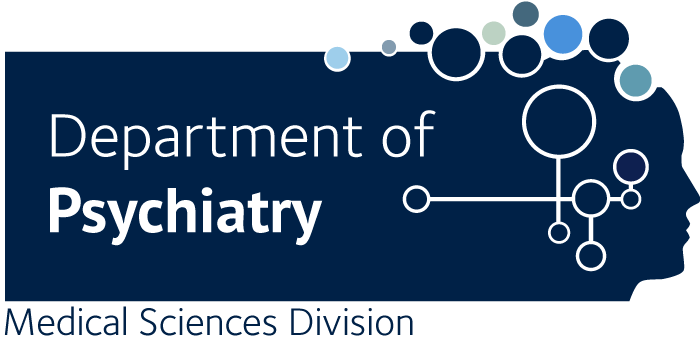Successful declarative memory formation is associated with ongoing activity during encoding in a distributed neocortical network related to working memory: a magnetoencephalography study.
Takashima A., Jensen O., Oostenveld R., Maris E., van de Coevering M., Fernández G.
The aim of the present study was to investigate the spatio-temporal characteristics of the neural correlates of declarative memory formation as assessed by the subsequent memory effect, i.e. the difference in encoding activity between subsequently remembered and subsequently forgotten items. Different operations could account for these effects. In particular, it has been proposed that successful memory formation depends on the organization of the information at the time of encoding, an operation accomplished by the working memory system. Consequently, functional magnetic resonance imaging studies have already shown that the very same regions that are involved in certain working memory processes are also involved in declarative memory formation. Here, we used magnetoencephalography to investigate whether the subsequent memory effects in these regions are present throughout picture stimulus presentation, postulating ongoing working memory operations as an effective factor. The results showed that subsequent memory effects began to appear after about 300 ms post stimulus onset over bilateral temporal areas and left parietal regions and were sustained throughout the recording epoch (1000 ms). Roughly parallel to these effects, we identified a left frontal subsequent memory effect, which, however, was less sustained than the other effects. In addition, we revealed a late subsequent memory effect over the right occipital region, which has not been described previously in the event-related potential literature. These sustained subsequent memory effects are suggestive of working memory processes that may enable deep semantic and perceptual processing. Additionally, contextually constrained visual perception after top-down modulation may account for a more efficient encoding of the complex scene.

